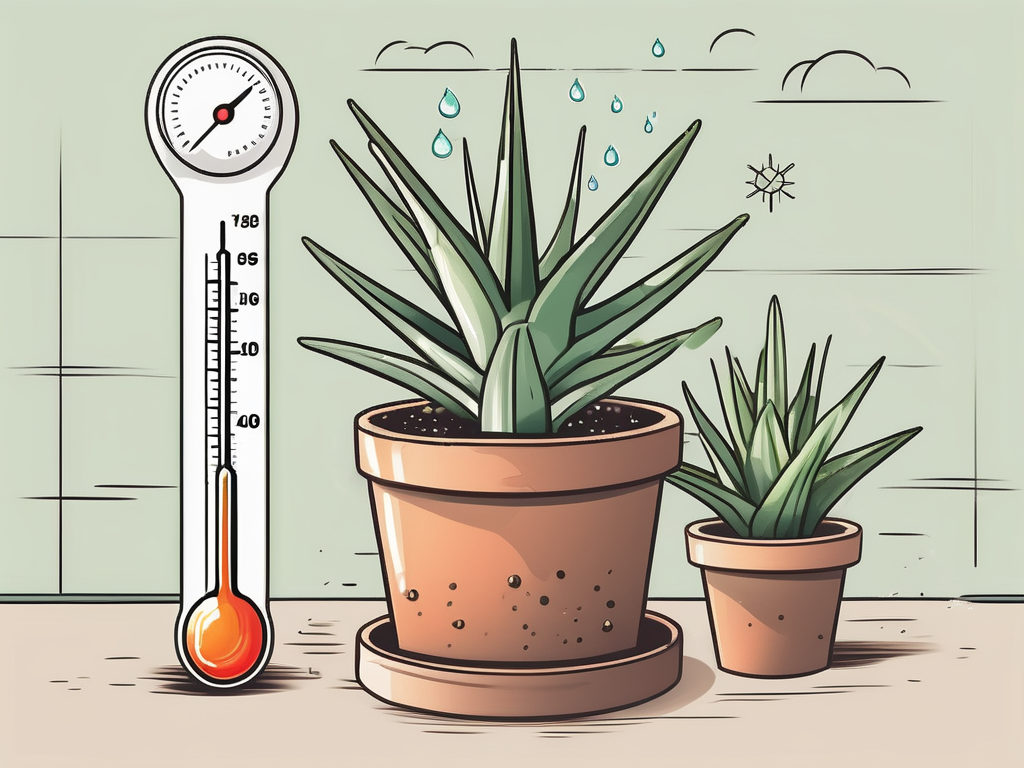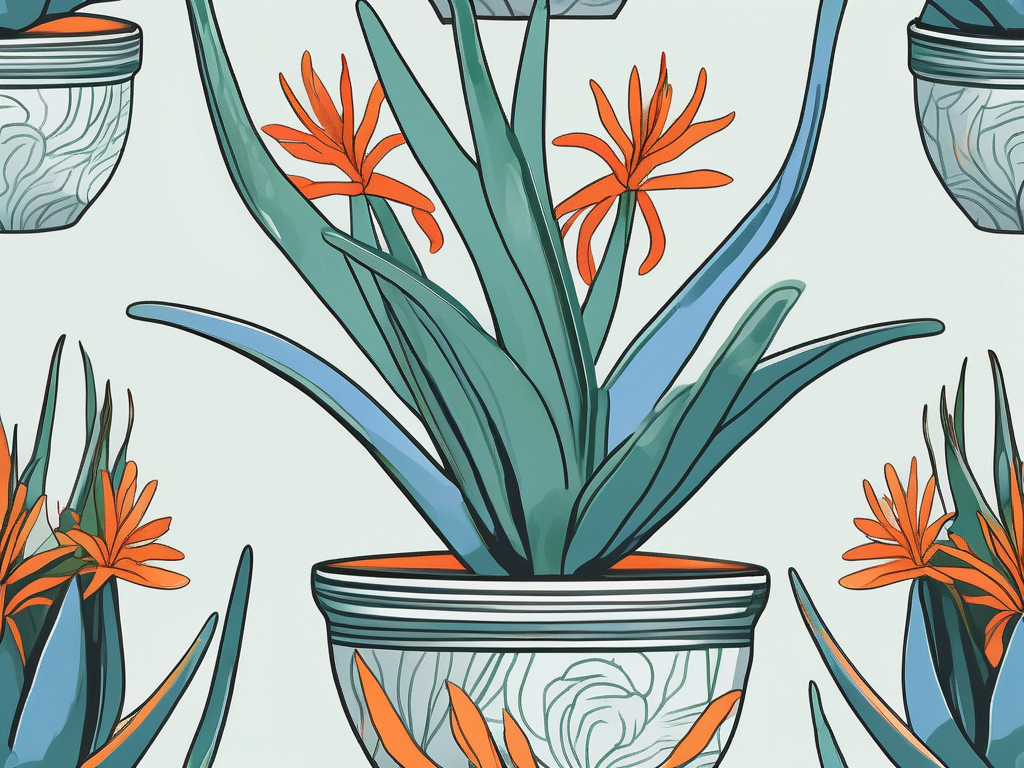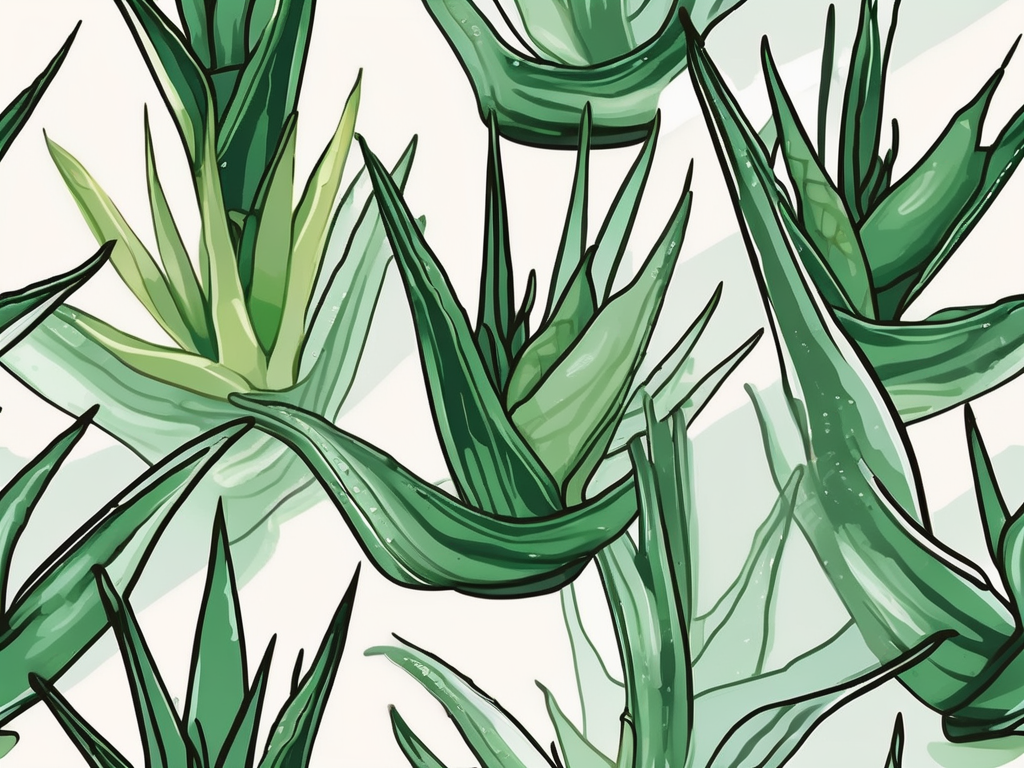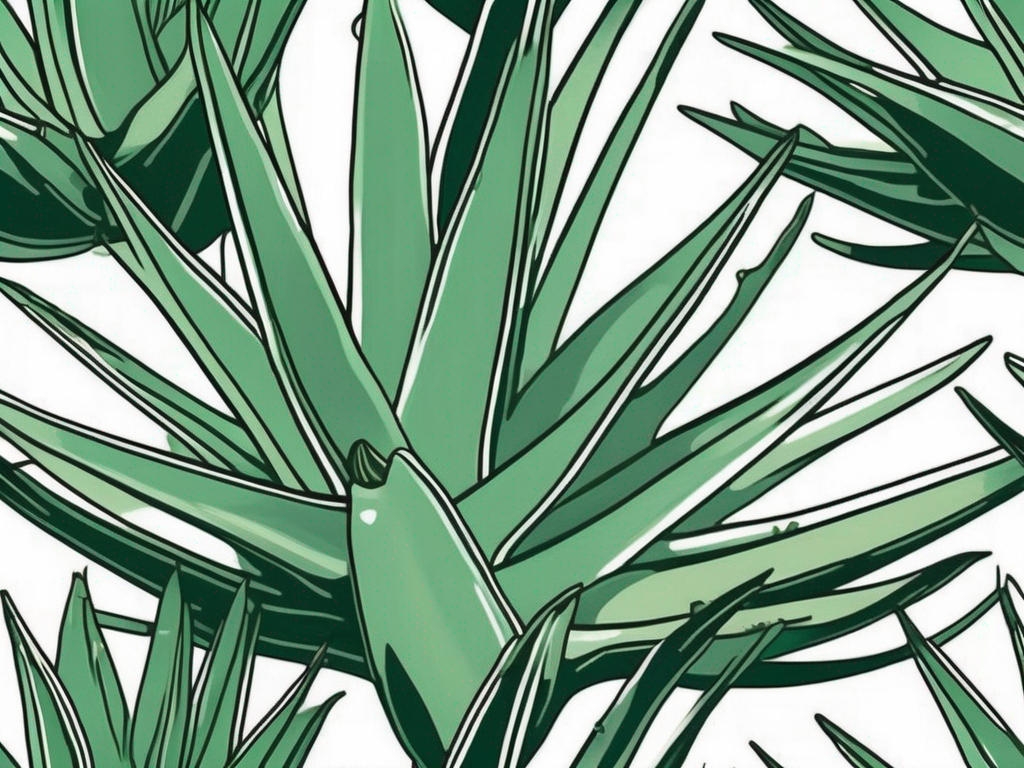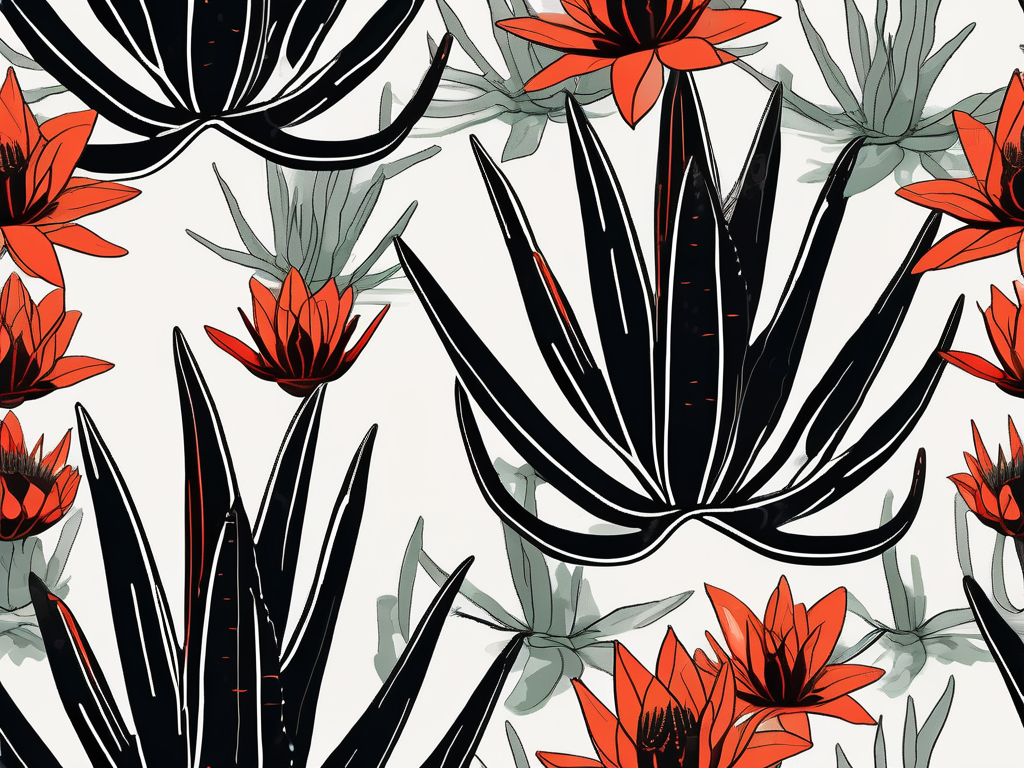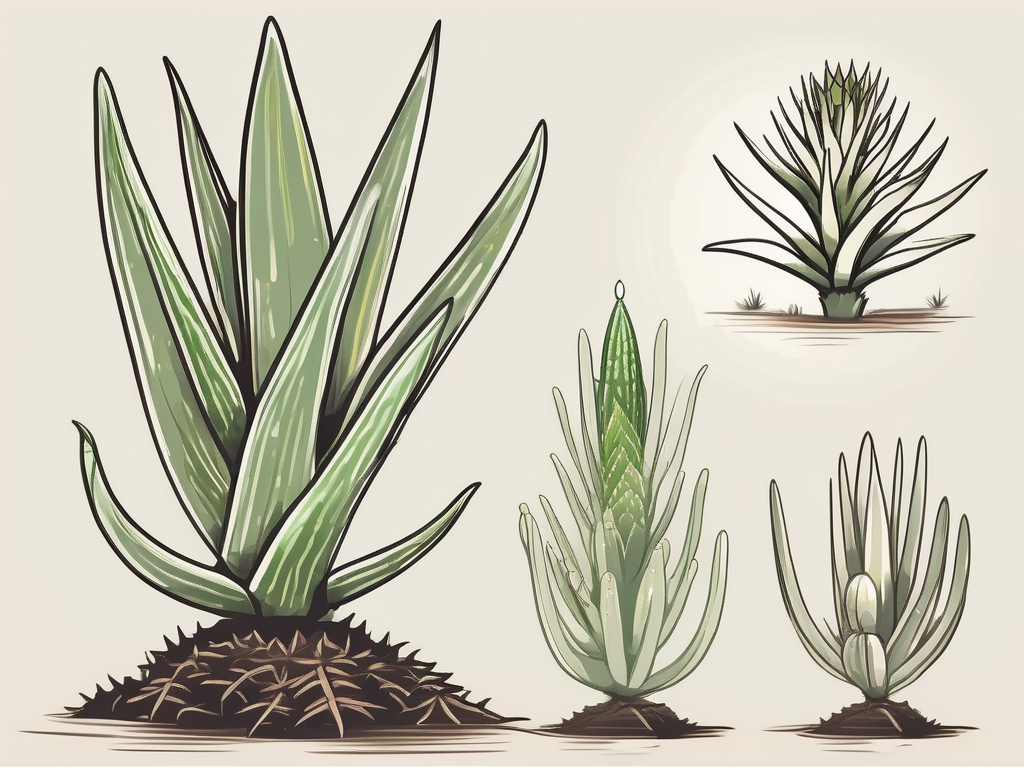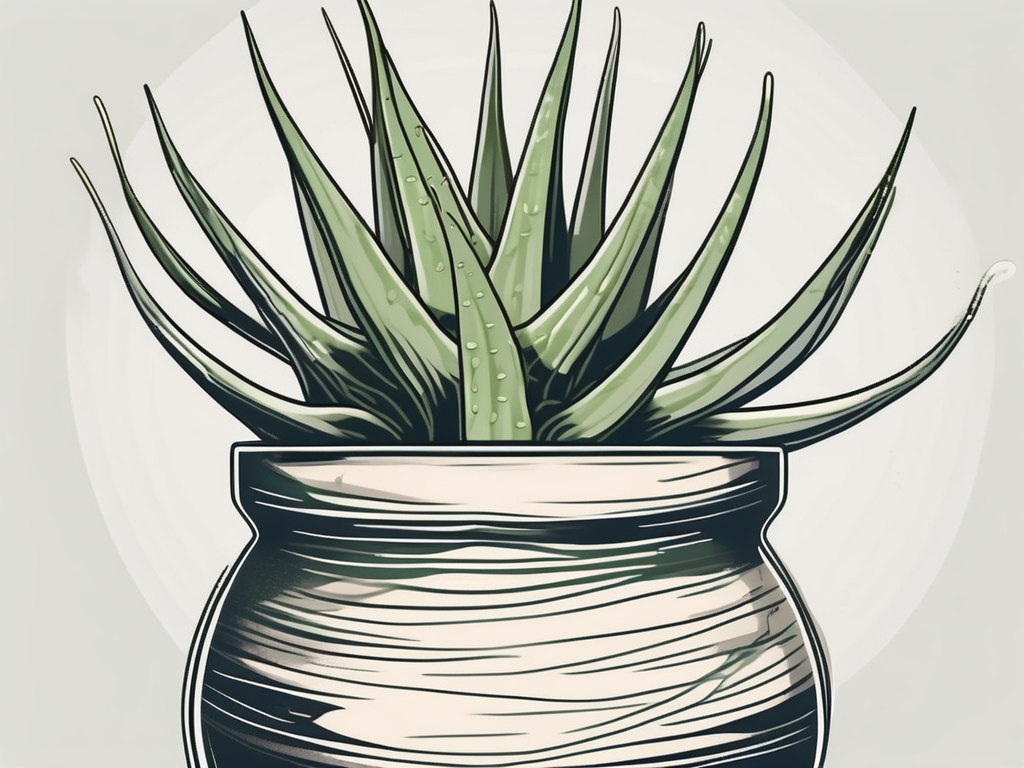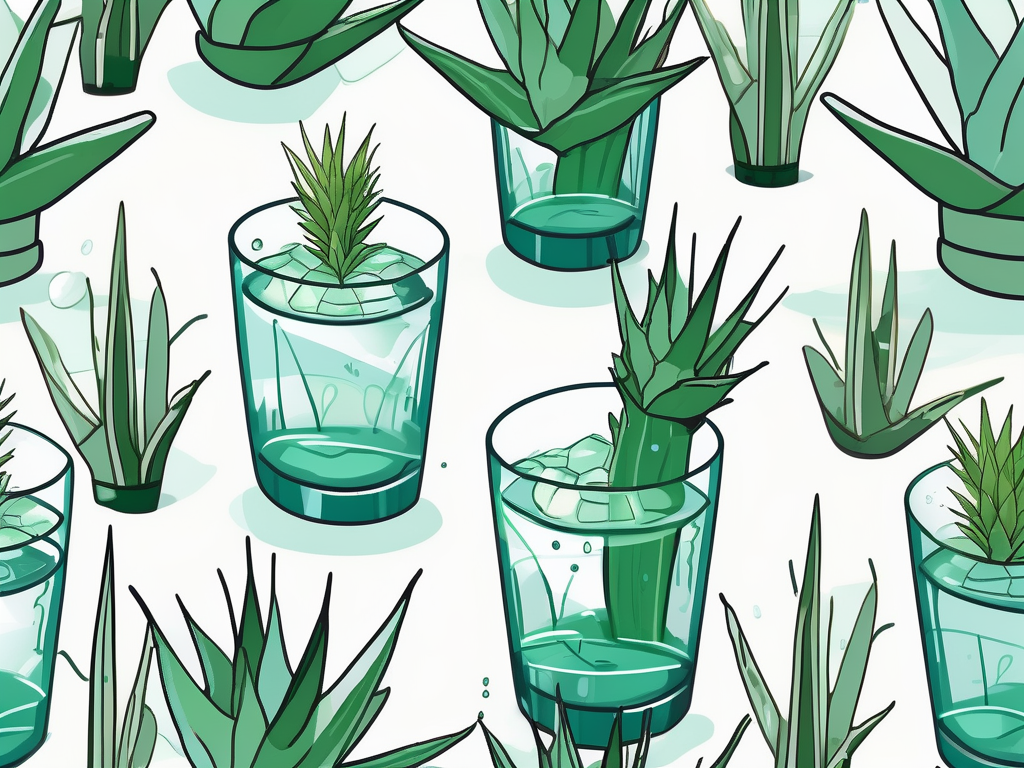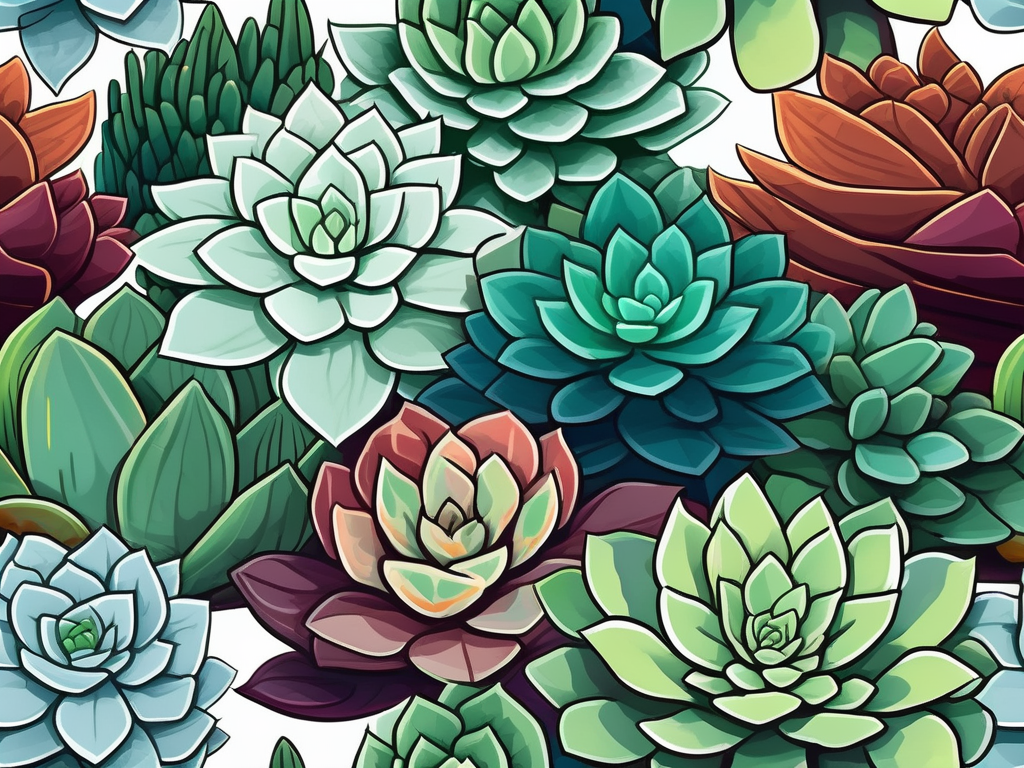
Succulents have charmed their way into our hearts with their quirky shapes, colors, and low-maintenance appeal. But let's focus on something that doesn't always get the spotlight: their leaves. These aren't just any old leaves—they're the superheroes of the plant world, armed with amazing adaptability skills. Whether you’re a seasoned plant lover or just dipping your toes into the succulent scene, understanding these fascinating leaves can unlock a whole new appreciation for your green friends.
This blog post will take you through the intriguing details of succulent leaves, from their unique structures and functions to care tips and design ideas. We'll explore what makes these leaves special and how you can use them to create stunning displays in your home. So, grab a comfy seat and get ready to learn about the wonderful world of succulent leaves!
The Anatomy of a Succulent Leaf
Succulent leaves are like nature's little water tanks. Their primary role? Water storage. Unlike regular plant leaves, which are usually thin and flat, succulent leaves are often thick and fleshy. This adaptation allows them to thrive in arid environments where water is scarce.
Here's a quick breakdown of the key features you’ll find in succulent leaves:
- Fleshy Tissues: These are packed with water, making the leaves appear plump and juicy.
- Waxy Coating: Many succulent leaves have a waxy or powdery coating known as the cuticle. This helps reduce water loss by sealing in moisture.
- Compact Growth: The leaves often grow close together, which minimizes surface area and further prevents water evaporation.
Interestingly, succulent leaves have a unique way of performing photosynthesis. Known as CAM (Crassulacean Acid Metabolism), this method allows them to open their stomata at night to reduce water loss during the hot daytime hours. It’s an ingenious way to balance survival in harsh conditions!
Common Types of Succulent Leaves
Succulents come in a delightful array of shapes and sizes, each with its own personality. Let's dive into a few common types based on leaf shape and structure:
Rosette-Shaped Leaves
Think of echeverias or hens and chicks. These leaves form a tight, circular pattern resembling a rose, hence the name. The shape is not just for show—it helps funnel water toward the roots.
Spiral or Whorled Leaves
Succulents like aloe and haworthia have leaves that spiral or arrange in a whorl. This pattern maximizes sun exposure and makes for a striking visual display.
Bead or String-Like Leaves
Plants like string of pearls or string of bananas have leaves that resemble tiny beads or bananas strung along a stem. These are perfect for hanging baskets, adding a touch of whimsy to any space.
Each type of leaf shape serves a purpose, from water collection to efficient sunlight absorption. As you explore different succulents, pay attention to these shapes—they’re nature’s way of showcasing diversity and adaptability.
How Succulent Leaves Adapt to Their Environment
Succulent leaves are masters of adaptation. Their survival tactics are nothing short of genius. While many plants struggle in arid conditions, succulents thrive, and their leaves play a huge part in this success.
Here are a few ways these leaves have adapted:
- Water Storage: As mentioned earlier, the fleshy tissues act as reservoirs, storing water to be used during droughts.
- Sun Protection: Some succulent leaves develop a thick, waxy coating or even tiny hairs to reflect intense sunlight and prevent sunburn.
- Color Variations: The pigments in succulent leaves, such as anthocyanins, can help protect against UV radiation. These pigments also give succulents their stunning colors, from deep purples to bright greens.
These adaptations make succulents incredibly resilient, capable of surviving in environments where other plants would wither. It's like they have their own toolkit for thriving in tough conditions!
Care Tips for Maintaining Healthy Succulent Leaves
While succulents are generally low-maintenance, they do require some TLC to keep their leaves looking lush and vibrant. Here are some tips to ensure your succulent leaves remain healthy:
- Proper Watering: Overwatering is a common mistake. Allow the soil to dry out completely between waterings. When you do water, soak the soil thoroughly.
- Sunlight: Succulents need plenty of light, but too much direct sun can scorch their leaves. Aim for bright, indirect light or morning sun.
- Soil and Potting Mix: Use a well-draining soil mix specifically for succulents and cacti to prevent root rot.
- Temperature: Most succulents prefer temperatures between 60-80°F (15-27°C). Protect them from frost and extreme heat.
By following these care tips, you'll ensure your succulent leaves stay healthy and vibrant, ready to show off their unique beauty.
Designing with Succulents: Using Leaves to Create Stunning Displays
Succulent leaves are not just functional—they're an artist’s dream! Their diverse shapes, colors, and textures make them perfect for creative displays. Whether you’re decorating a windowsill or designing a garden, succulents can add a splash of personality.
Colorful Arrangements
Mix and match succulents with different colored leaves to create eye-catching arrangements. You can combine the deep purples of a Graptopetalum with the bright greens of a Sedum, for instance.
Textural Contrast
Play with textures by pairing smooth-leaved succulents like Echeveria with spiky varieties such as Aloe. This contrast adds depth and interest to any display.
Vertical Gardens
Succulents are ideal for vertical gardens due to their shallow root systems and drought tolerance. You can create a living wall of various succulent types, turning a plain wall into a living piece of art.
With a little creativity, you can use succulent leaves to craft beautiful, personalized spaces that bring a touch of nature into your home.
Propagation: Growing New Plants from Succulent Leaves
One of the joys of owning succulents is their ability to propagate from leaves. This means you can grow new plants from just a single leaf, making it a cost-effective way to expand your collection.
Here’s a simple step-by-step guide to propagate succulents from leaves:
- Select Healthy Leaves: Choose plump, healthy leaves from the base of the plant. Avoid damaged or thin leaves.
- Remove and Let Callus: Gently twist or cut the leaf from the stem. Allow it to dry and callus over for a few days. This helps prevent rot.
- Place on Soil: Lay the callused leaf on top of well-draining soil. Do not bury it.
- Water Sparingly: Mist the soil lightly every few days. Too much water can cause the leaf to rot.
- Be Patient: It may take a few weeks for roots and new leaves to appear. Once the new plant is established, you can water it like a mature succulent.
Propagation is not only fun but also rewarding, giving you more succulents to enjoy or share with friends.
Dealing with Common Pests and Problems
Even the hardiest succulents can face challenges. The good news is, with a little vigilance, you can keep your plants healthy and happy.
Pests
Common pests affecting succulents include mealybugs, aphids, and spider mites. These pests can be controlled with insecticidal soap or neem oil. Regularly inspect your plants and act quickly at the first sign of infestation.
Leaf Discoloration
Changes in leaf color can indicate a problem. Yellowing may suggest overwatering, while brown spots could be due to sunburn. Adjust your care routine accordingly to address these issues.
Root Rot
Root rot is often a result of overwatering or poor drainage. If you notice mushy leaves or stems, consider repotting the plant in fresh, dry soil and reduce watering frequency.
By keeping an eye out for these common issues and taking prompt action, you can ensure your succulents thrive.
Incorporating Succulents into Your Interior Design
Succulents are more than just plants—they're a design element that can enhance any space. Their versatility makes them a go-to choice for interior decorators and plant people alike.
Table Centerpieces
Create stunning centerpieces by grouping succulents in decorative containers. Choose a variety of shapes and sizes to add interest and appeal.
Office Greenery
Add a touch of nature to your workspace with a small succulent arrangement. They’re low-maintenance and can thrive in office conditions with proper light.
Bathroom Oasis
Succulents like jade and aloe can thrive in the bathroom's humid environment. Place them on windowsills or shelves for a fresh, calming vibe.
Incorporating succulents into your interior design can brighten up any room, bringing a sense of calm and beauty to your home.
Succulent Leaves and Their Healing Properties
Beyond their visual appeal, some succulent leaves offer medicinal benefits. Aloe vera, for instance, is famous for its soothing gel, which is used in treating burns and skin irritations.
Here are a few succulents known for their healing properties:
- Aloe Vera: Its gel is used for skin care and as a digestive aid.
- Jade Plant: In some cultures, jade plant leaves are used as a treatment for warts and minor cuts.
- Agave: Known for its antiseptic properties, agave sap can be applied to wounds.
While these plants offer traditional remedies, it's always best to consult with a healthcare professional before using them medicinally. Nonetheless, having these healing succulents at home can be both practical and beautiful.
Final Thoughts
Succulent leaves are wonders of nature, showcasing incredible adaptability and beauty. From their anatomy and care to their role in design and healing, these leaves offer endless possibilities for plant lovers.
At Cafe Planta, we're here to help you discover the joy of succulents. Whether you're looking for unique plants or need advice, we're just an email or a DM away. We believe plants connect us to nature and each other, and we’re thrilled to share this journey with you.













